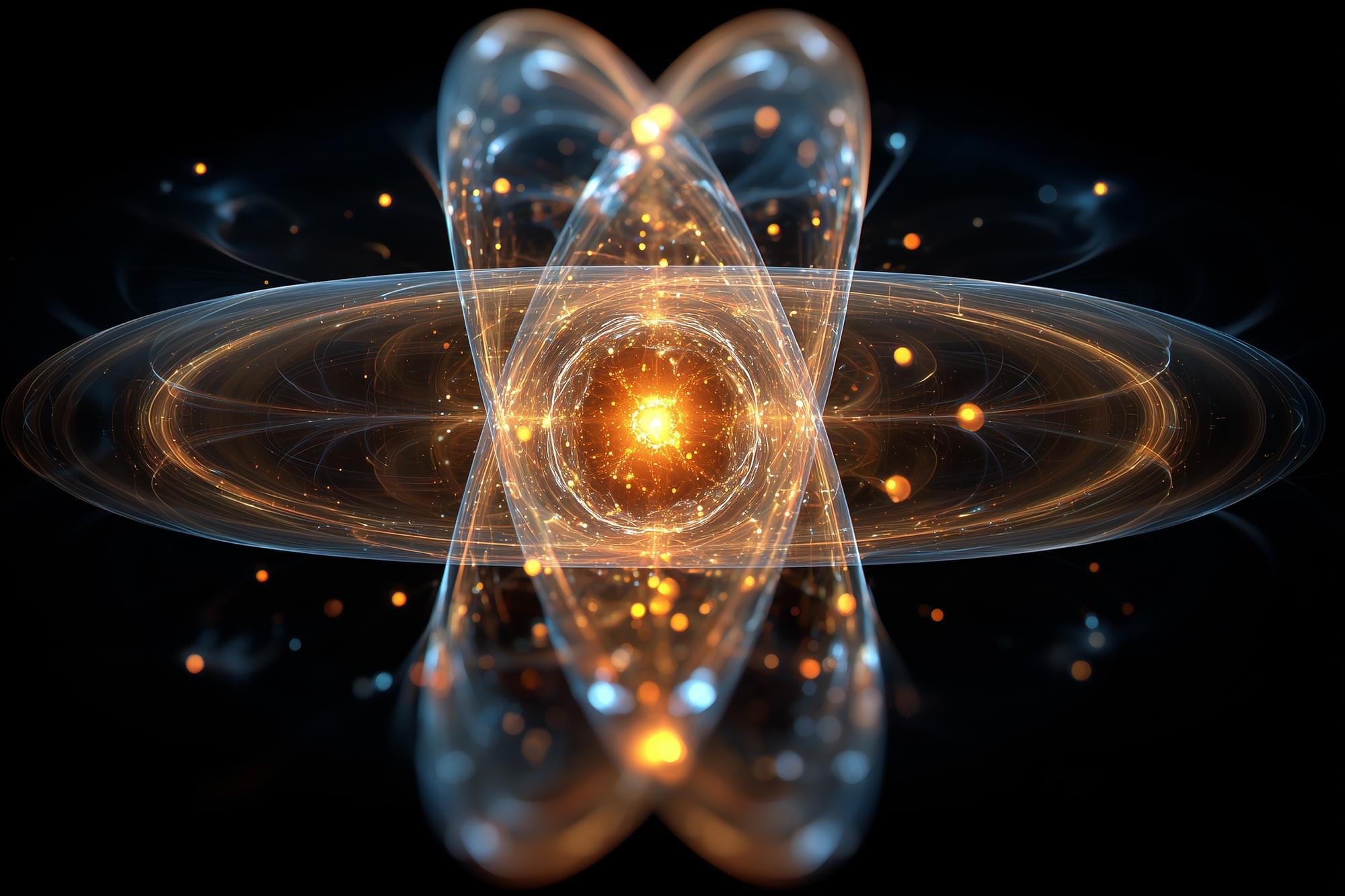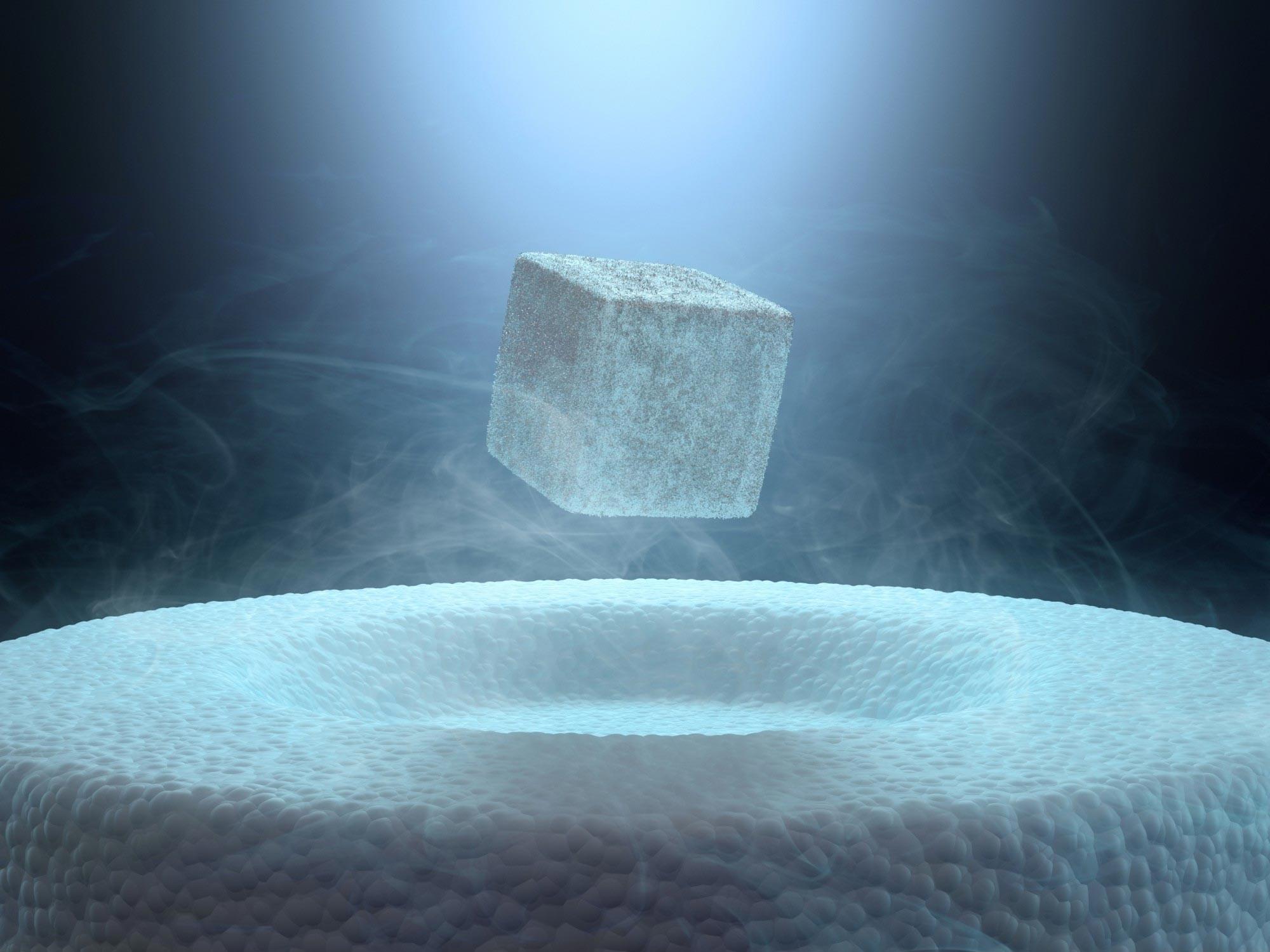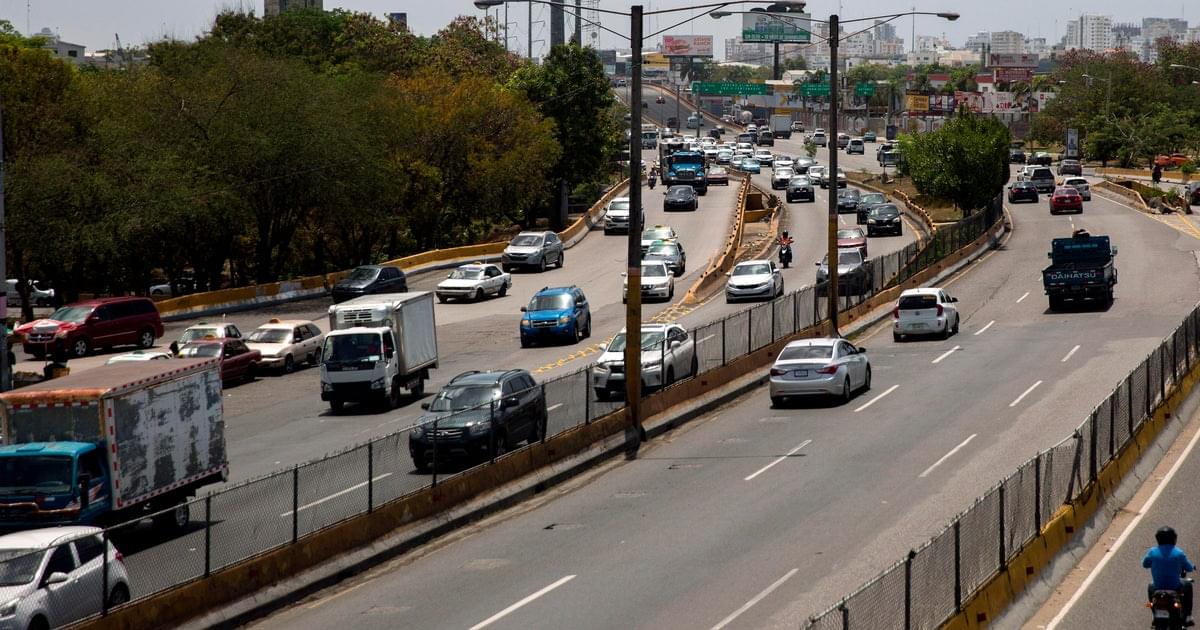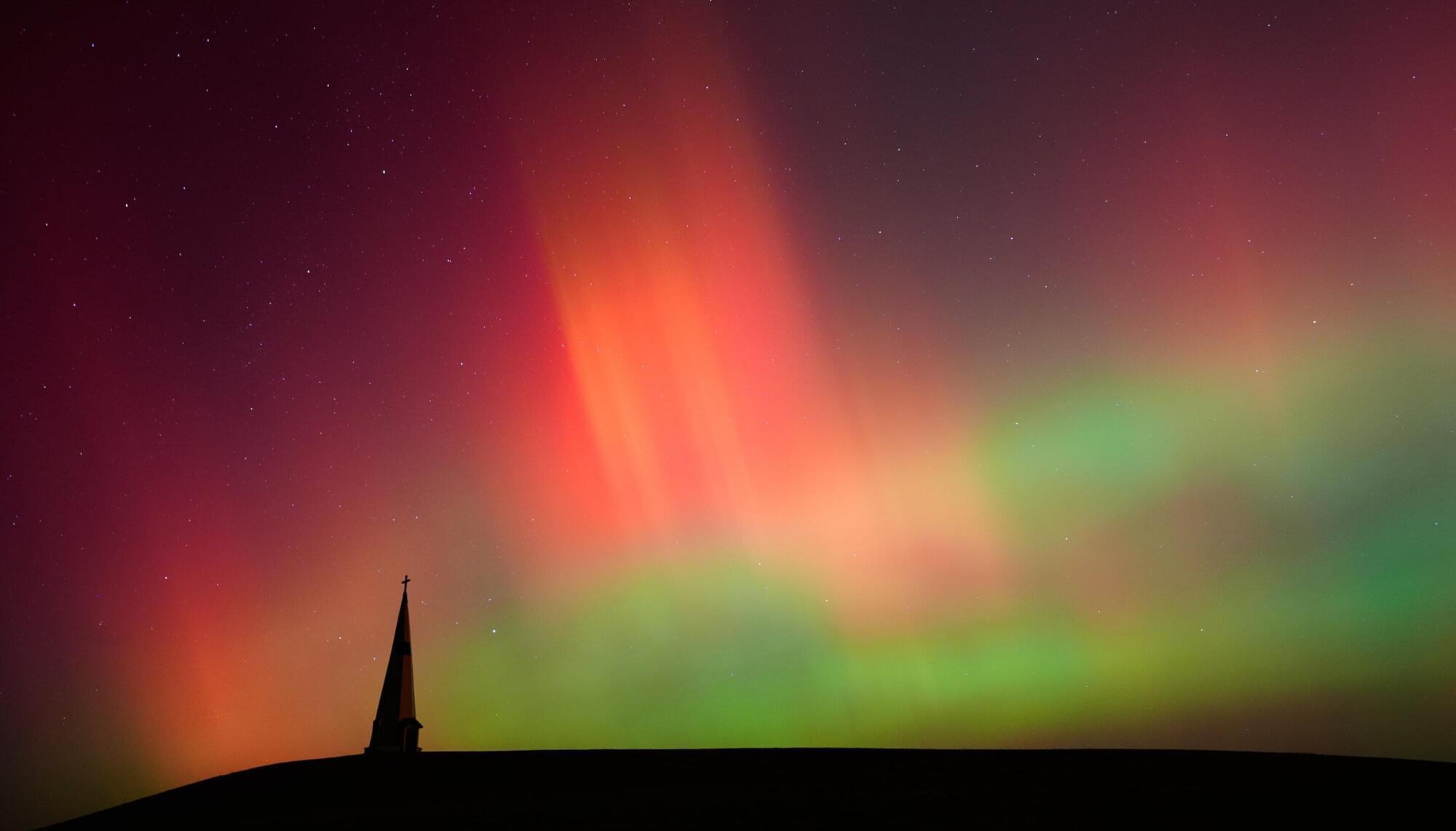Scientists learned that reading a quantum clock requires orders of magnitude more energy than running it. This surprising imbalance reveals that observation itself shapes the flow and thermodynamics of time.




We discuss the atomic structure of cobalt ferrite nanoparticles doped with Mn via an analysis based on combining atomic pair distribution functions with high energy X-ray diffraction and high-resolution transmission electron microscopy measurements. Cobalt ferrite nanoparticles are promising materials for metal–air battery applications. Cobalt ferrites, however, generally show poor electronic conductivity at ambient temperatures, which limits their bifunctional catalytic performance in oxygen electrocatalysis. Our study reveals how the introduction of Mn ions promotes the conductivity of the cobalt ferrite electrode.


A rare blackout hit the entire Dominican Republic on Tuesday, snarling traffic and paralyzing businesses in the country of nearly 11 million people.
Officials blamed a failure in the grid’s transmission system, although it wasn’t immediately clear what caused it.
Generation units in San Pedro de Macorís and the Quisqueya Power Plant shut down, triggering a cascade of failures at other transmission and generation plants, according to the Dominican Electricity Transmission Company, a decentralized state agency.


Engineers have achieved a major milestone in the global effort to design energy storage systems that combine high speed with strong power output, opening new possibilities for electric vehicles, grid stabilization, and consumer electronics.
In a paper recently published in Nature Communications, the research team introduced a new type of carbon-based material that enables supercapacitors to store as much energy as traditional lead-acid batteries while delivering power at a much faster rate than conventional battery systems.

Space weather forecasters issued an alert on Tuesday for incoming severe solar storms that could produce colorful northern lights and temporarily disrupt communications.
In the past few days, the sun has burped out several bursts of energy called coronal mass ejections that could reach Earth Tuesday night and early Wednesday. The potential severe geomagnetic storms could disrupt radio and GPS communications, according to forecasters with the National Oceanic and Atmospheric Administration.
How bright the auroras are and how far south they are visible will depend on when the solar bursts get here and how they interact with Earth’s atmosphere. The vibrant displays could be visible across much of the northern U.S., and as far south as Alabama and Northern California.


The rapidly growing field of research on chiral phonons is giving researchers new insights into the fundamental behaviors and structures of materials. The chirality of phonons could pave the way for new methods to control material properties and to encode information at the quantum level, which has implications for, among other areas, quantum technologies, electronics, energy transport, and sensor technology.
A recently published perpsective article in Nature Physics describes the development of this emerging research area, presents a framework for the classification of phonons, and provides a comprehensive overview of the materials in which chiral phonons have been studied or may be discovered in the future. This work is helping accelerate progress in one of today’s fastest-growing areas of quantum materials.
Matthias Geilhufe, Assistant Professor at the Department of Physics, conducts research on chiral phonons and is one of the main authors of the article.